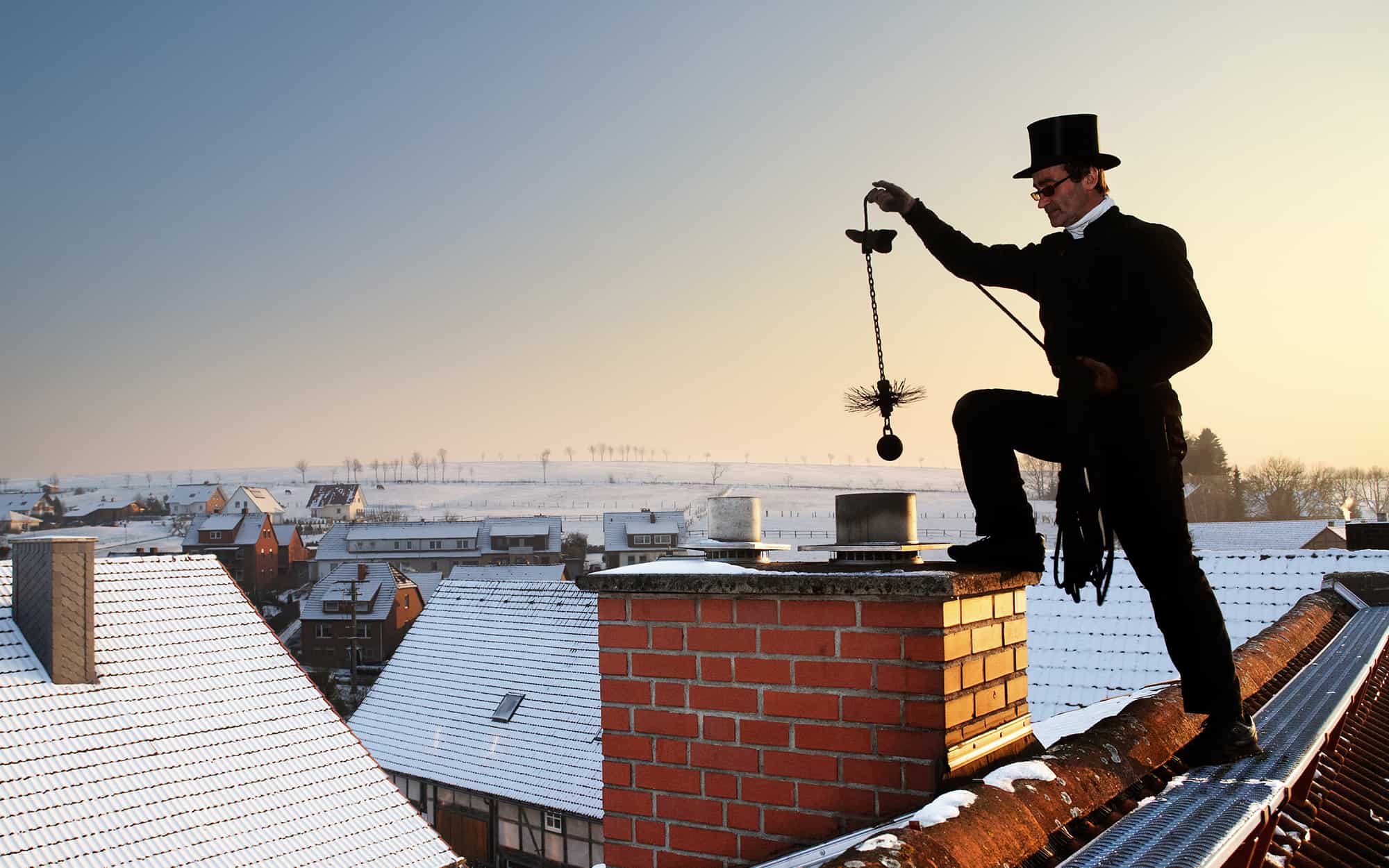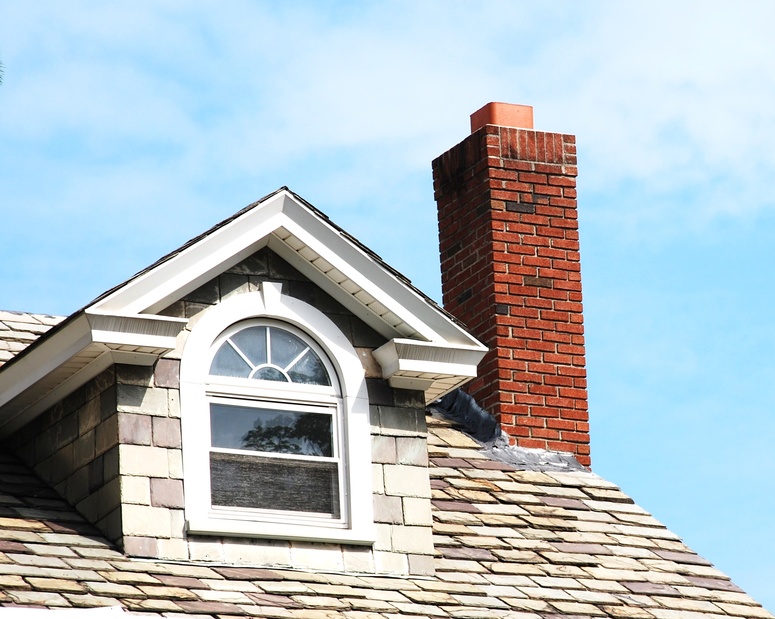Keep Ahead of the Curve: Advanced Chimney Maintenance San Jose Techniques Revealed
Keep Ahead of the Curve: Advanced Chimney Maintenance San Jose Techniques Revealed
Blog Article
Expert Tips for Effective Smokeshaft Upkeep You Need to Know
Chimneys work as essential components in lots of homes, supplying heat and comfort. Nevertheless, guaranteeing their proper maintenance is commonly ignored up until problems occur. Recognizing the complexities of chimney treatment can be the secret to stop costly fixings and guarding your home and household. From the significance of routine evaluations to safe operational practices, a detailed approach to chimney maintenance is necessary. Let's explore specialist ideas that can help you keep your chimney in optimum problem for years ahead.
Importance of Normal Assessments
Normal inspections of chimneys are essential for guaranteeing their security and performance. Smokeshafts play a crucial function in airing vent out dangerous gases and maintaining proper air movement in a home. Gradually, creosote build-up, particles, and architectural damages can occur within the smokeshaft, posing severe dangers such as chimney fires or carbon monoxide gas leakages.
During a smokeshaft inspection, trained specialists assess the condition of the smokeshaft, looking for any kind of indications of damage, clogs, or damage. They also inspect the stability of the flue, chimney liner, and chimney cap to guarantee whatever is in proper functioning order. By determining and resolving problems early, prospective dangers or pricey fixings can be avoided.
Regular inspections not just aid in preserving the security of the smokeshaft however also add to its general efficiency. A properly maintained and clean chimney operates extra effectively, making certain appropriate air flow and lowering the danger of interior air pollution. Consequently, scheduling yearly smokeshaft examinations is a positive procedure that property owners can require to safeguard their building and loved ones.
Cleansing Strategies and Regularity
Maintaining the safety and performance of a smokeshaft entails not just routine inspections however also executing suitable cleaning strategies and identifying the optimal frequency for cleaning. Smokeshafts ought to be cleaned up by a specialist chimney sweeper at the very least once a year, also if they are not regularly used. If the chimney is utilized frequently, particularly with wood-burning ranges or fireplaces, it may require even more regular cleansings to protect against the buildup of creosote, a highly flammable material that can lead to chimney fires.
The cleansing process normally includes removing creosote, residue, and debris from the chimney flue, smoke chamber, and firebox. Specialist chimney sweeper usage specialized vacuums, tools, and brushes to make certain thorough cleansing without developing a mess in the home. In addition, they inspect the smokeshaft's framework for any indications of damage or put on that might call for repairs. Home owners ought to never ever neglect chimney cleansing, as it is crucial for keeping a functional and secure smokeshaft system - Chimney Maintenance San Jose. Routine cleansings not just minimize the threat of chimney fires however also enhance the smokeshaft's total efficiency and durability.
Dealing With Chimney Leaks

When resolving chimney leaks, complete inspection and prompt repairs are essential to protect against water damages and keep the architectural honesty of the smokeshaft,. Leakages in a chimney can lead to significant problems such as mold development, damage of the smokeshaft structure, and also possible fire dangers. To efficiently resolve chimney leakages, begin by examining the chimney cap, crown, flashing, and stonework for any kind of indicators of damage or wear. Smokeshaft caps need to be firmly in place to stop water from going into, while the crown and blinking should be undamaged and properly sealed. Any type of fractures or voids in the stonework should be repaired quickly to prevent water seepage. Furthermore, think about waterproofing the smokeshaft to supply an extra layer of defense against moisture. Routine upkeep and inspections can assist attend to and discover smokeshaft leaks early, saving you from expensive repair services and making sure the security and long life of your smokeshaft.
Understanding Creosote Accumulation
To recognize the prospective threats of creosote build-up in chimneys, it is important to acknowledge its formation process and influence on smokeshaft efficiency. Creosote is a black or brown tar-like substance that accumulates inside smokeshaft systems when timber or nonrenewable fuel sources are melted. As smoke increases via the chimney, it Recommended Reading cools and condenses, leading to the development of creosote, which complies with the chimney wall surfaces.

Routine smokeshaft assessments and cleanings by a specialist chimney sweep are crucial in stopping creosote build-up and ensuring the risk-free procedure of your smokeshaft system.
Safe Procedure Practices
Implementing correct security procedures is vital for the effective and safe procedure of smokeshaft systems. When utilizing a fireplace or wood-burning oven, it is crucial to adhere to particular safety and security methods to stop prospective risks. Always ensure that the chimney is properly examined and cleaned up frequently to get rid of any creosote buildup, which can lead to smokeshaft fires. In addition, make use of a tough screen or glass door in front of the fire place to stop coal or sparks from leaving and creating a fire in your house. It is also crucial to never ever overload the fireplace with too much quantities of wood, as this can bring about overheating and possible architectural damages.
Furthermore, make sure to only burn seasoned timber in your fireplace, as damp or green timber can produce more creosote and trigger hazardous chimney clogs. Never ever leave a fire neglected and always make sure the fire is entirely extinguished prior to going to bed or leaving the residence. By adhering to these secure operation methods, you can enjoy a warm and comfortable fire while guaranteeing the safety and security of your home and enjoyed ones.
Verdict
In conclusion, maintaining your smokeshaft is necessary for ensuring its safety and effectiveness. Routine assessments, proper cleaning strategies, addressing leakages, handling creosote build-up, and complying with secure procedure practices are crucial facets of chimney maintenance.
Over time, creosote build-up, particles, and architectural damage can occur within the smokeshaft, presenting severe dangers such as chimney fires or carbon monoxide leakages.
If the chimney is used consistently, specifically with wood-burning cooktops or fireplaces, use this link it may call for even more constant cleansings to stop the accumulation of creosote, a highly flammable substance that can lead to chimney fires. (Chimney Maintenance San Jose)
To comprehend the possible risks of creosote accumulation in chimneys, it is vital to acknowledge its address development procedure and impact on smokeshaft efficiency. As smoke climbs through the smokeshaft, it cools down and condenses, leading to the development of creosote, which sticks to the chimney wall surfaces.
Constantly make certain that the smokeshaft is properly checked and cleaned consistently to eliminate any creosote buildup, which can lead to smokeshaft fires.
Report this page